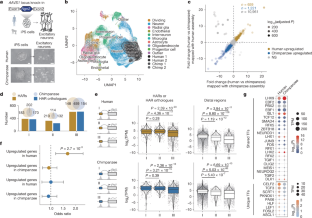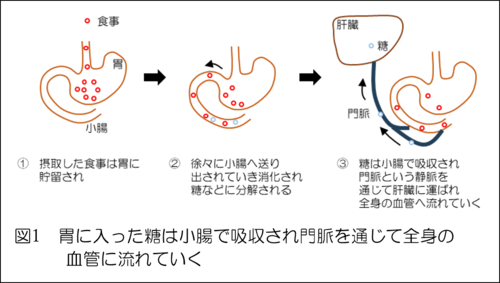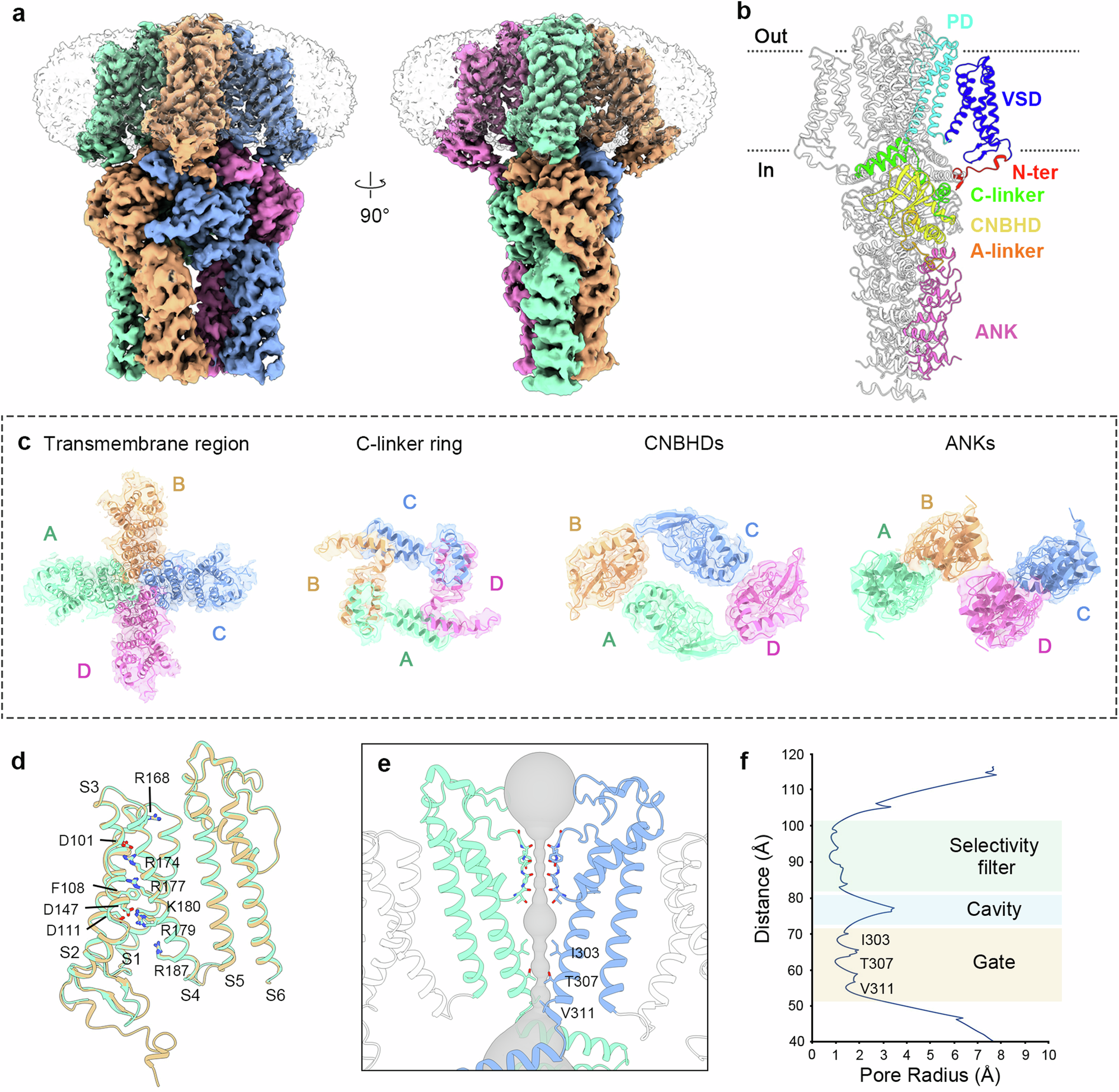2025-02-27 カリフォルニア大学サンフランシスコ校(UCSF)
<関連情報>
- https://www.ucsf.edu/news/2025/02/429536/human-chromosomes-evolved-hyperspeed-give-us-better-brains
- https://www.nature.com/articles/s41586-025-08622-x
神経細胞におけるヒト加速領域の比較特性評価 Comparative characterization of human accelerated regions in neurons
Xiekui Cui,Han Yang,Charles Cai,Cooper Beaman,Xiaoyu Yang,Hongjiang Liu,Xingjie Ren,Zachary Amador,Ian R. Jones,Kathleen C. Keough,Meng Zhang,Tyler Fair,Armen Abnousi,Shreya Mishra,Zhen Ye,Ming Hu,Alex A. Pollen,Katherine S. Pollard &Yin Shen
Nature Published:26 February 2025
DOI:https://doi.org/10.1038/s41586-025-08622-x

Abstract
Human accelerated regions (HARs) are conserved genomic loci that have experienced rapid nucleotide substitutions following the divergence from chimpanzees. HARs are enriched in candidate regulatory regions near neurodevelopmental genes, suggesting their roles in gene regulation. However, their target genes and functional contributions to human brain development remain largely uncharacterized. Here we elucidate the cis-regulatory functions of HARs in human and chimpanzee induced pluripotent stem (iPS) cell-induced excitatory neurons. Using genomic and chromatin looping information, we prioritized 20 HARs and their chimpanzee orthologues for functional characterization via single-cell CRISPR interference, and demonstrated their species-specific gene regulatory functions. Our findings reveal diverse functional outcomes of HAR-mediated cis-regulation in human neurons, including attenuated NPAS3 expression by altering the binding affinities of multiple transcription factors in HAR202 and maintaining iPS cell pluripotency and neuronal differentiation capacities through the upregulation of PUM2 by 2xHAR.319. Finally, we used prime editing to demonstrate differential enhancer activity caused by several HAR26;2xHAR.178 variants. In particular, we link one variant in HAR26;2xHAR.178 to elevated SOCS2 expression and increased neurite outgrowth in human neurons. Thus, our study sheds new light on the endogenous gene regulatory functions of HARs and their potential contribution to human brain evolution.


